Product
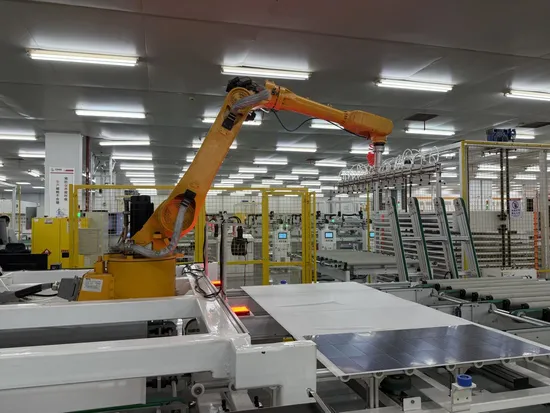
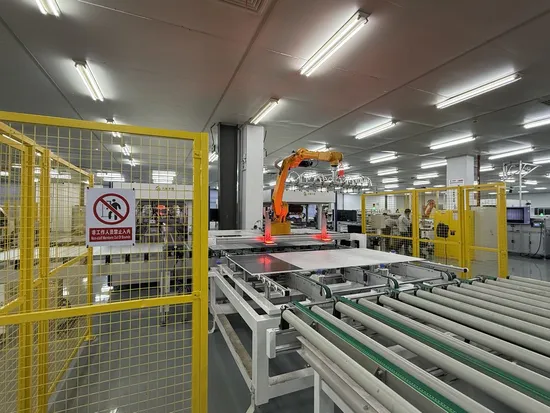
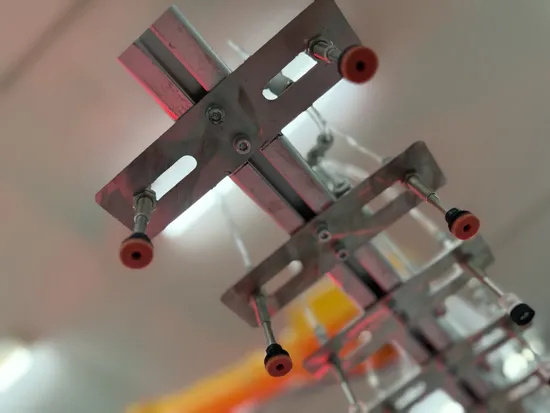
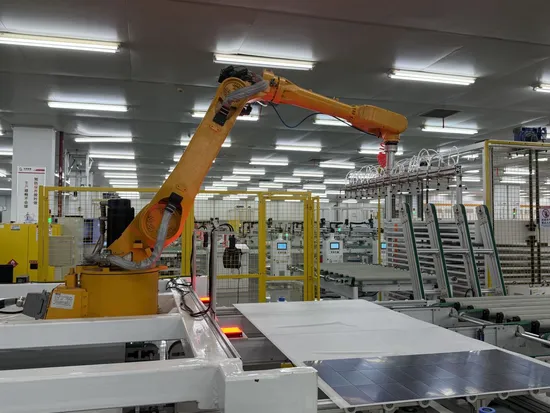
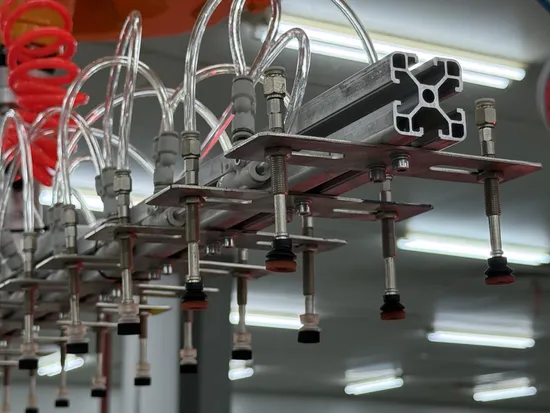

Preview
Basic Info.Product DescriptionCertifications
Basic Info.
| Model NO. | layout machine |
| Condition | New |
| Automation | Automatic |
| After-sales Service | Engineers Available to Service Machinery Overseas |
| Cycle Time | 60s/Modules |
| Applicable Cell and Cell String Types | 156-230mm Cells, 2-3 Segment Pieces10 PCS * 12 Str |
| Layout Precision | 0.8mm |
| Yield Rate | 99.8% |
| Transfer Height | Input 950+30mm, Output 980+30mm, Not Adjustable Se |
| Cell String Transfer Height | 1230+20mm |
| Utilization Rate | 95% |
| Power | Peak 12kw, Average 5kw |
| Transport Package | Wooden Box |
| Specification | (Length) 1630-2500mm, (Width) 950-1400mm |
| Trademark | x-solar |
| Origin | China Jiangyin |
| HS Code | 8486209000 |
| Production Capacity | 60s/Modules |
Product Description
Solar Cell Typesetting Layout Machine
Preview
Product Description
Preview

Preview
It mainly arranges and places solar cells precisely on the corresponding carrier plates and so on according to the set layout and spacing requirements, through the cooperation of mechanical transmission and control systems, in preparation for subsequent production processes.
Preview
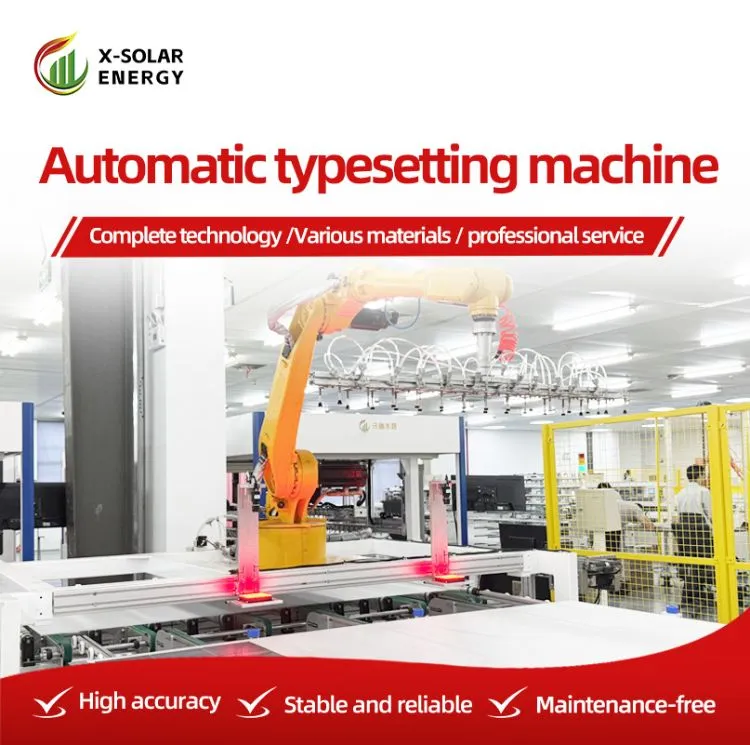
Preview
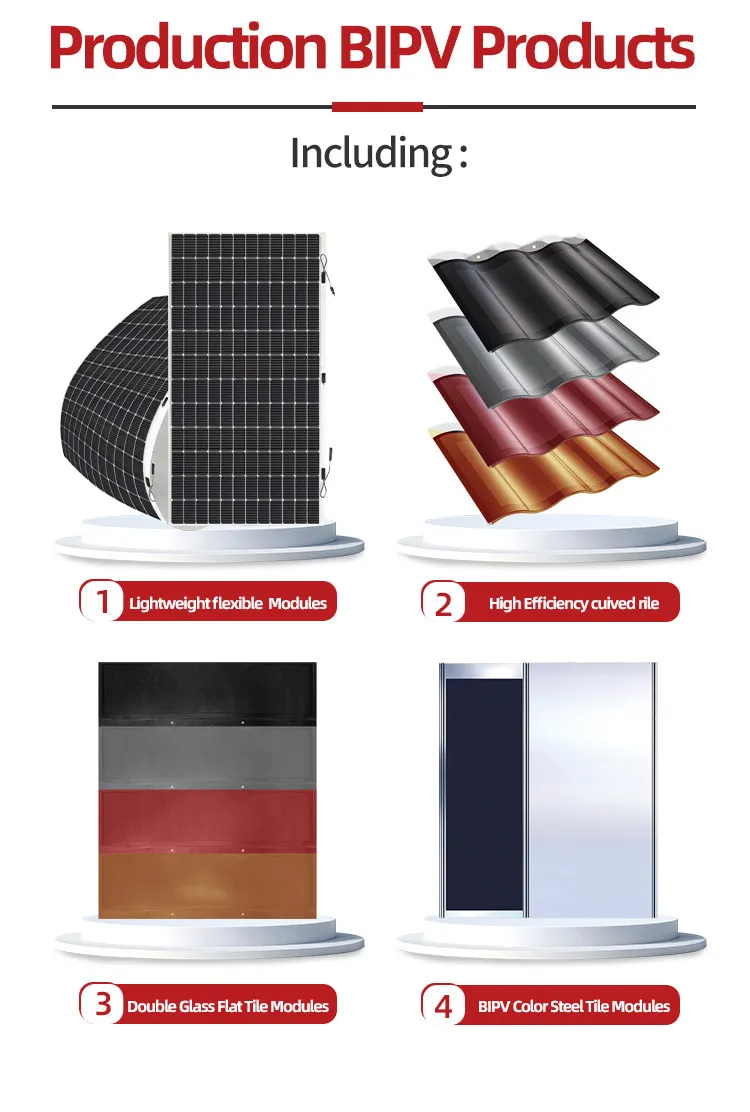
Preview
Product Parameters
Preview

Preview
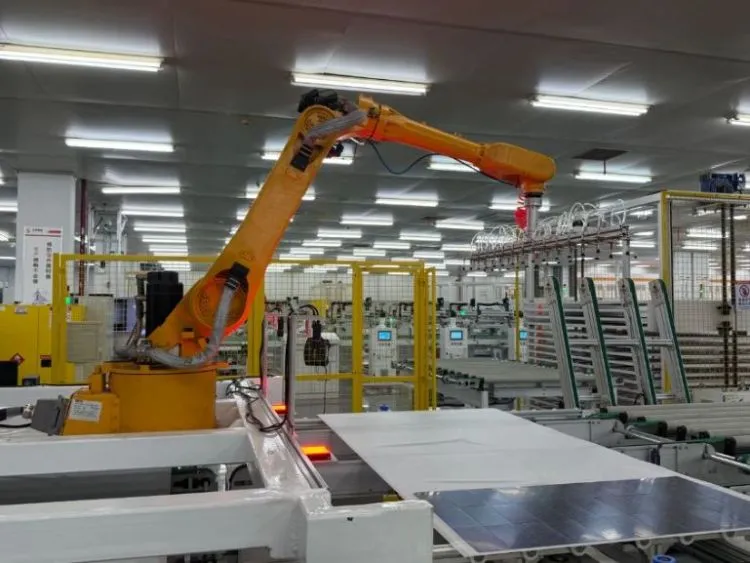
Preview
Detailed Photos
Preview

Preview
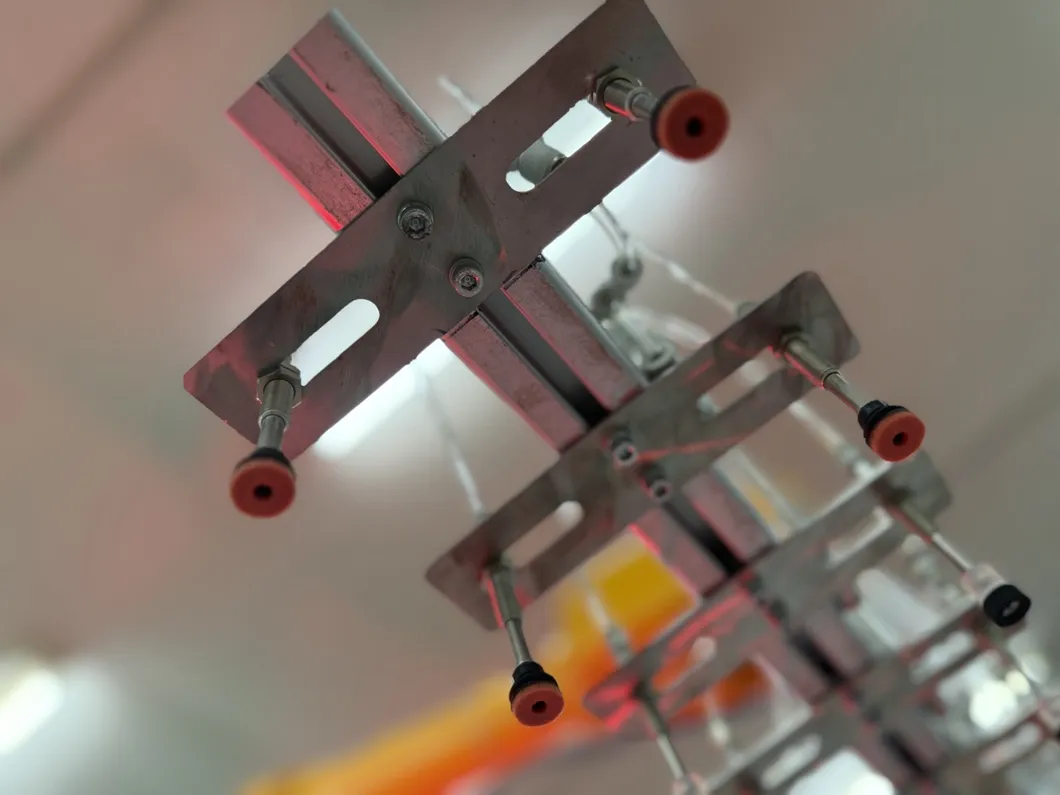
Preview
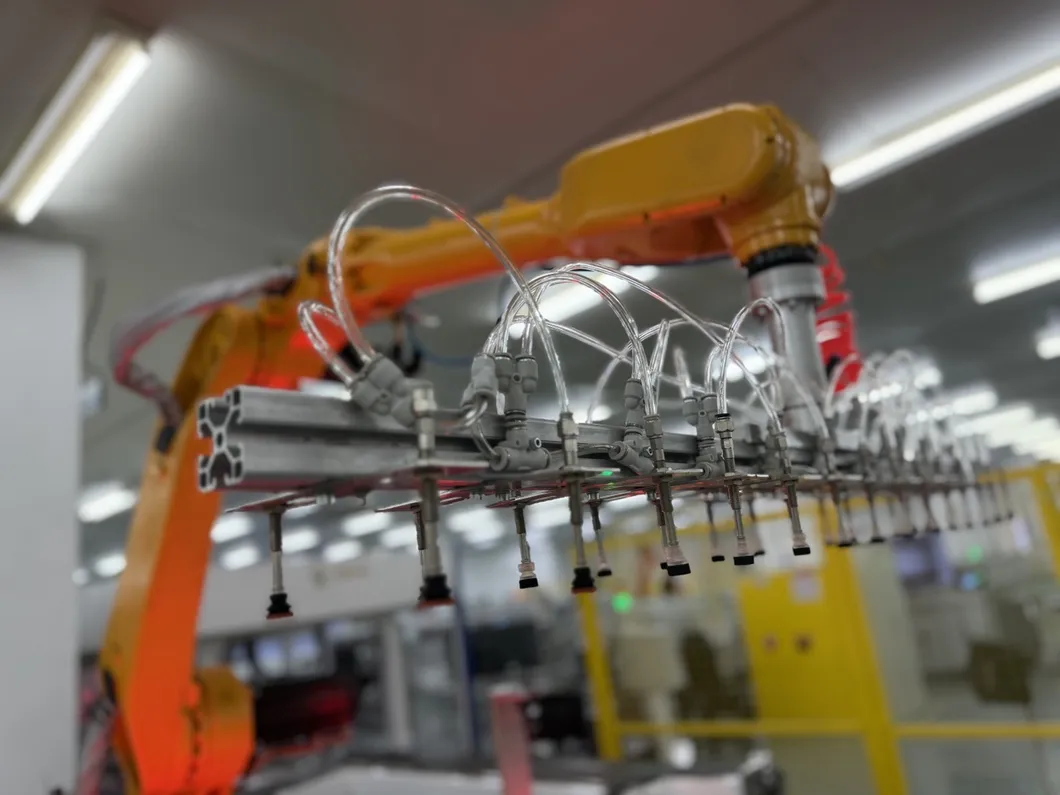
Preview
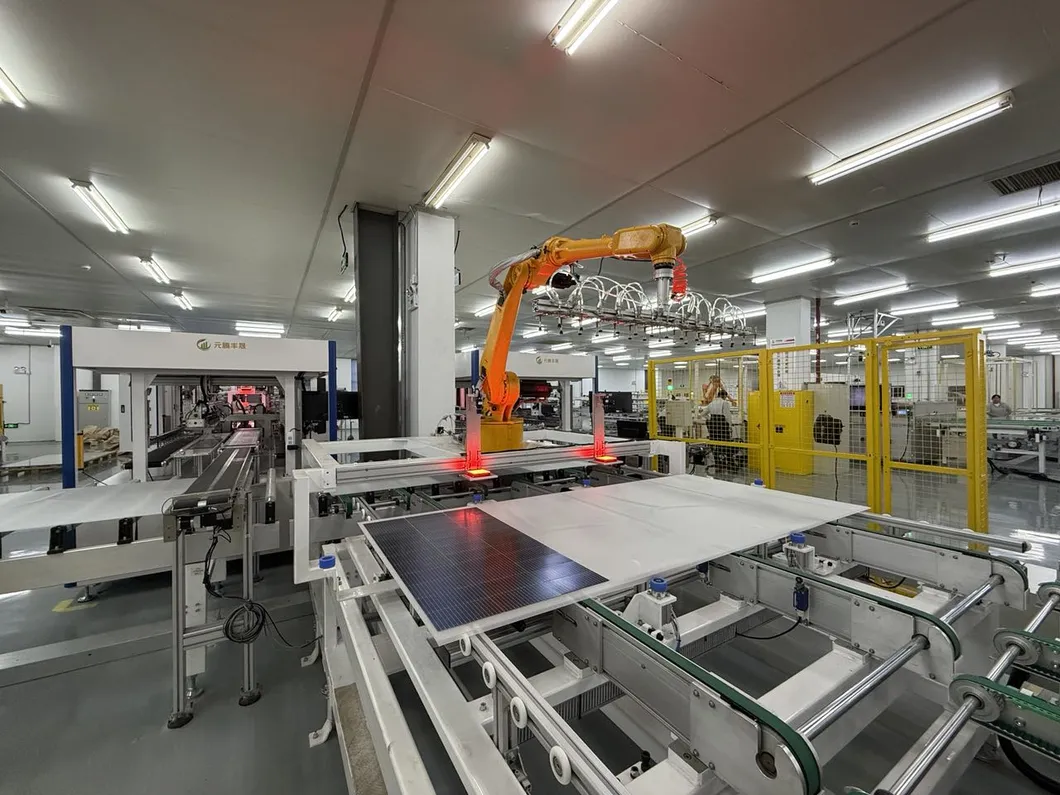
Preview
sucker
arm
layout
arm
layout
Preview
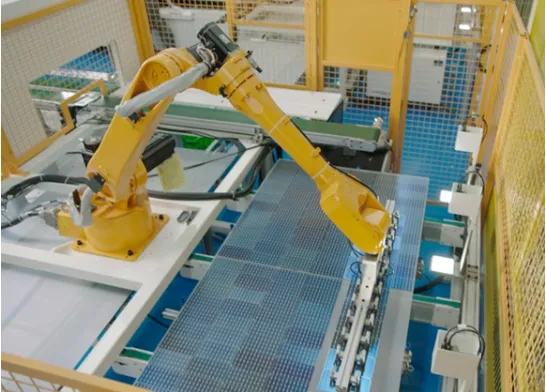
Preview
Wide compatibility range: It can accommodate component size ranges from (Length) 1630-2500mm * (Width) 950-1400mm.
High precision: Equipped with a 6-axis robot and a high-precision CCD vision system, ensuring layout accuracy.
Convenient plate type switching: Components are centered and aligned, and in conjunction with production recipes, it can quickly achieve plate type switching.
Easy maintenance: The equipment has a simple structure and a low failure rate.
High precision: Equipped with a 6-axis robot and a high-precision CCD vision system, ensuring layout accuracy.
Convenient plate type switching: Components are centered and aligned, and in conjunction with production recipes, it can quickly achieve plate type switching.
Easy maintenance: The equipment has a simple structure and a low failure rate.
Preview
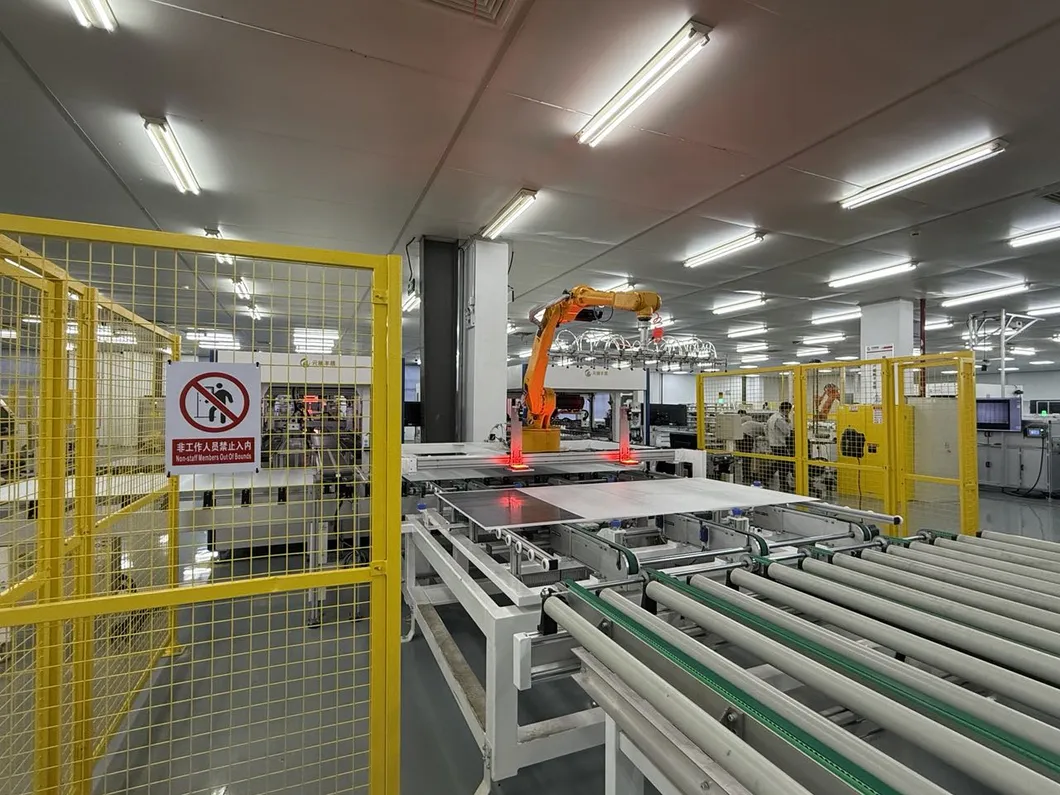
Preview
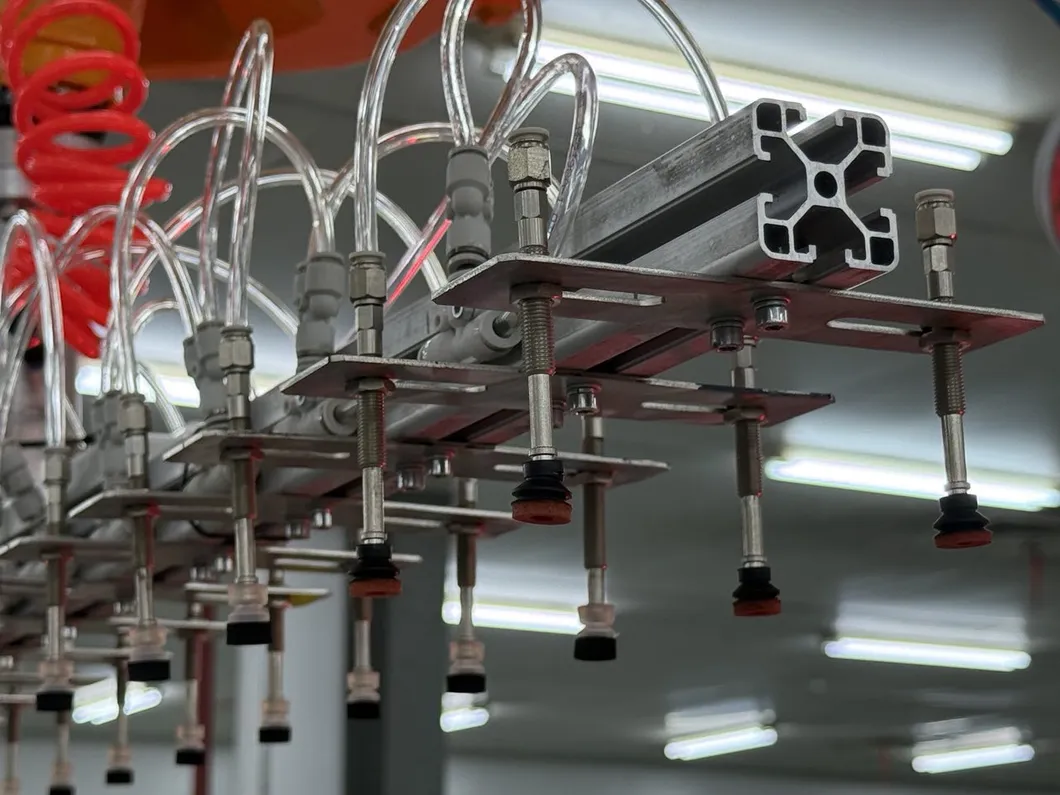
Preview
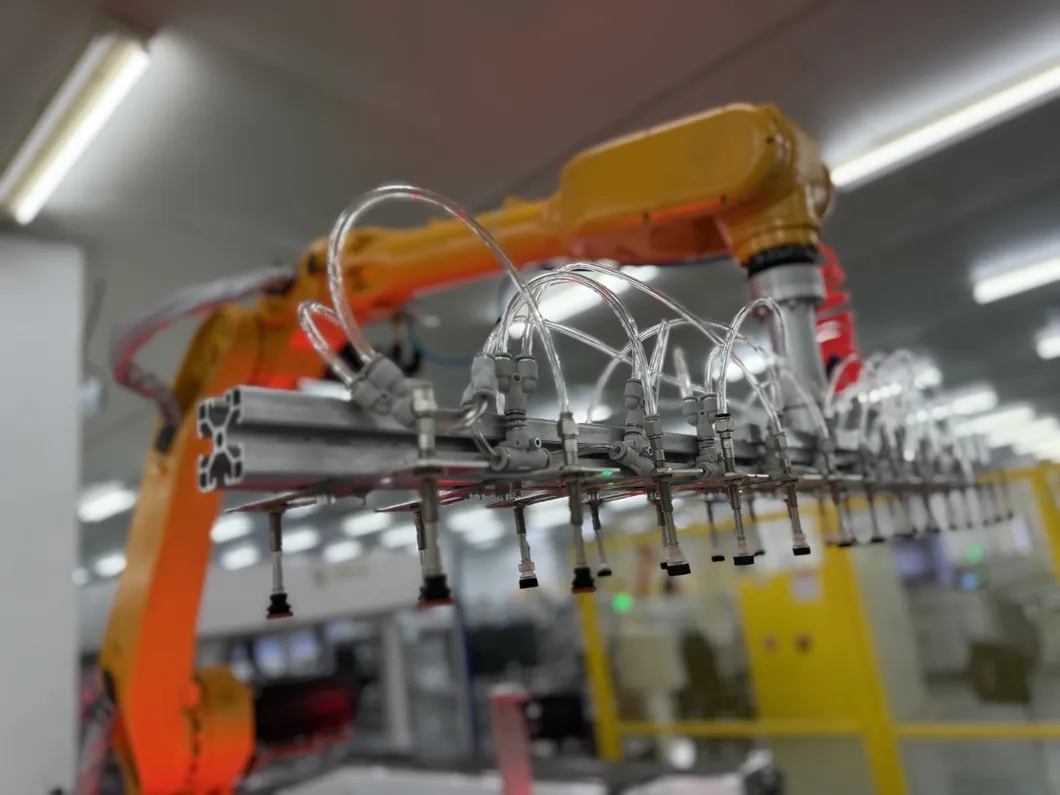
Preview
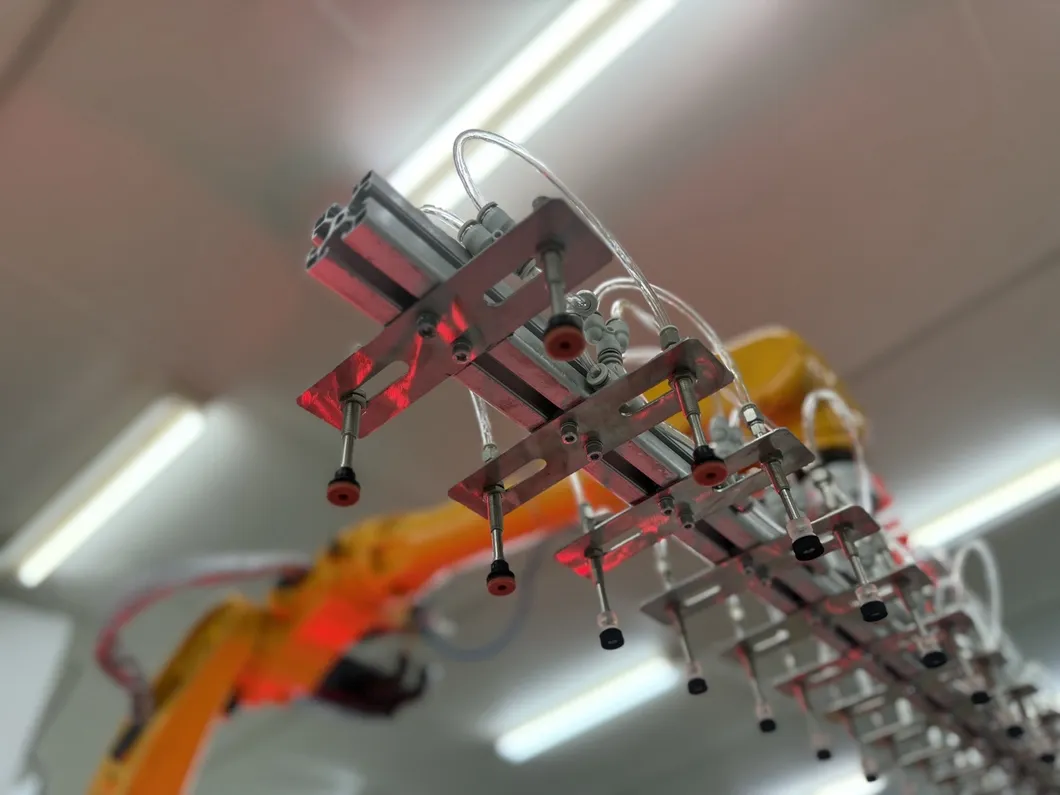
Preview
Company Profile
Preview

Preview
Beijing X-Solar Energy Co., Ltd. was found in 2020, and headquartered in Beijing. It's a science and technology innovative energy enterprises with the main business of future cell R&D, flexible photovoltaic modules, building photovoltaic module production, high-end equipment manufacturing, production line delivery, and AI-CITY wisdom energy management services.In July 2023, the company's first demonstration factory, Jiangsu X-Solar Green-building Technology
Co., Ltd., was established in Jiangyin CNBM
Jetion
Industrial Park. Meanwhile, Jiangsu YuanTeng FengSheng Intelligent Manufacturing Technology Co., Ltd., a wholly-owned equipment company of the company, delivered the world's first "three-in-one" automatic production line for Jiangyin base. The production line can be compatible with the production of three categories: X-Solar
Light shadow
series (flexible PV
modules), X-Solar Light rhyme
series (building PVtile modules), X-Solar
Light Curtain
series (building PV
wall modules), and customized products. X-Solar
PV
series products have the advantages of integrating architectural aesthetics, complying with design specifications and creating energy value, which
have been widely recognized and praised by customers in domestic and overseas.In 2024, the company has
added
two regional centers in Shanghai and Guangzhou
of China, and set up the Hong Kong X-Solar
Future Energy Research Institute, and overseas sales companies in Australia, Italy, Germany, Saudi Arabia and Argentina. The company has launched a global layout to provide sustainable energy products and services to many countries, and has contributed to the "carbon neutrality and carbon peak".
Co., Ltd., was established in Jiangyin CNBM
Jetion
Industrial Park. Meanwhile, Jiangsu YuanTeng FengSheng Intelligent Manufacturing Technology Co., Ltd., a wholly-owned equipment company of the company, delivered the world's first "three-in-one" automatic production line for Jiangyin base. The production line can be compatible with the production of three categories: X-Solar
Light shadow
series (flexible PV
modules), X-Solar Light rhyme
series (building PVtile modules), X-Solar
Light Curtain
series (building PV
wall modules), and customized products. X-Solar
PV
series products have the advantages of integrating architectural aesthetics, complying with design specifications and creating energy value, which
have been widely recognized and praised by customers in domestic and overseas.In 2024, the company has
added
two regional centers in Shanghai and Guangzhou
of China, and set up the Hong Kong X-Solar
Future Energy Research Institute, and overseas sales companies in Australia, Italy, Germany, Saudi Arabia and Argentina. The company has launched a global layout to provide sustainable energy products and services to many countries, and has contributed to the "carbon neutrality and carbon peak".
Preview

Preview
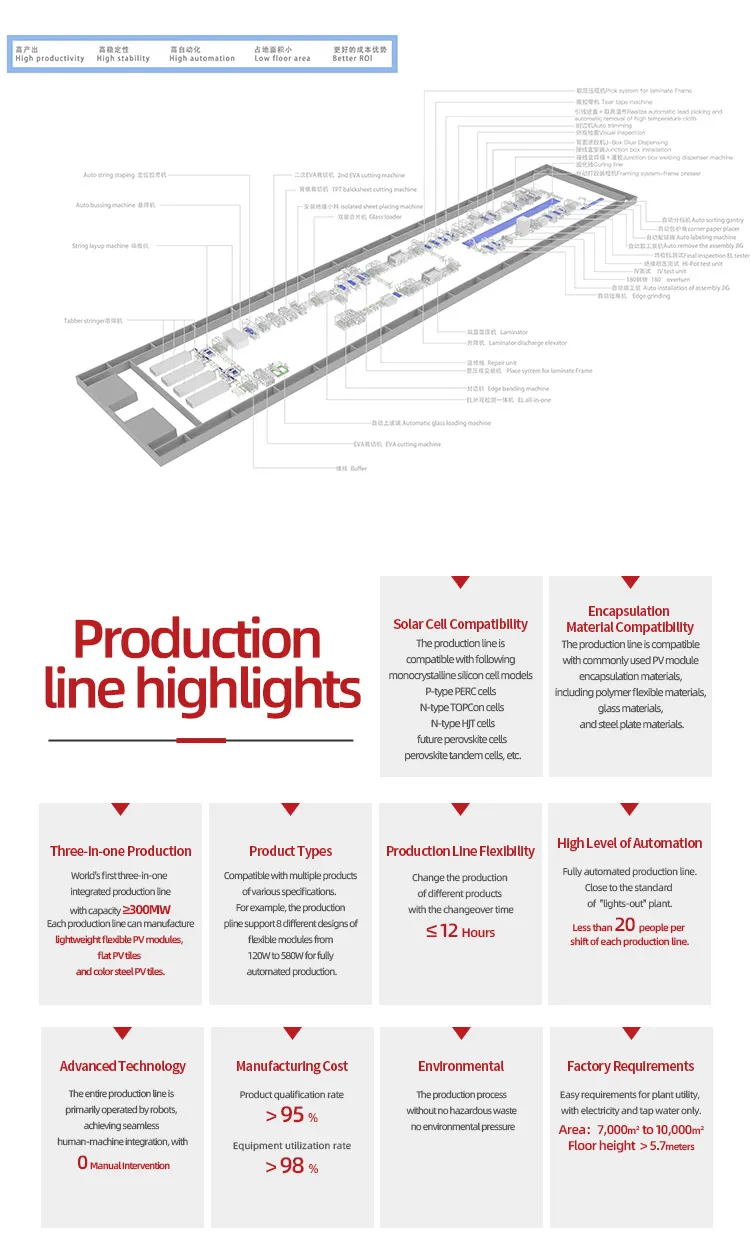
Preview
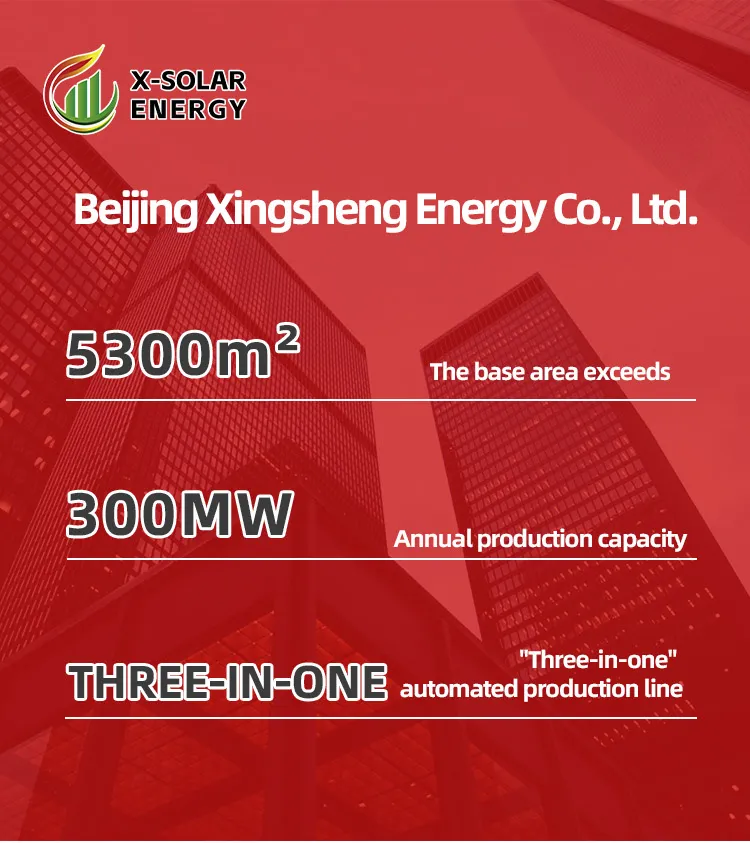
Preview
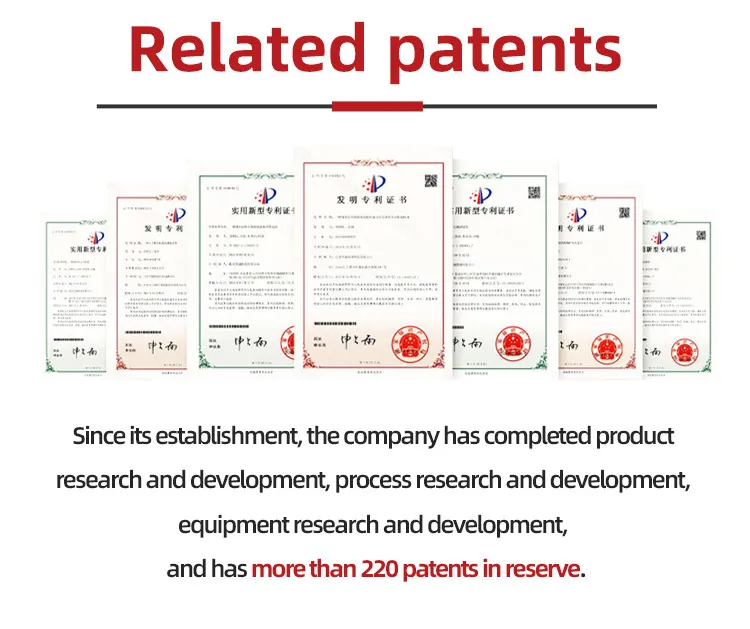
Preview
Exhibition Display
Preview

Preview
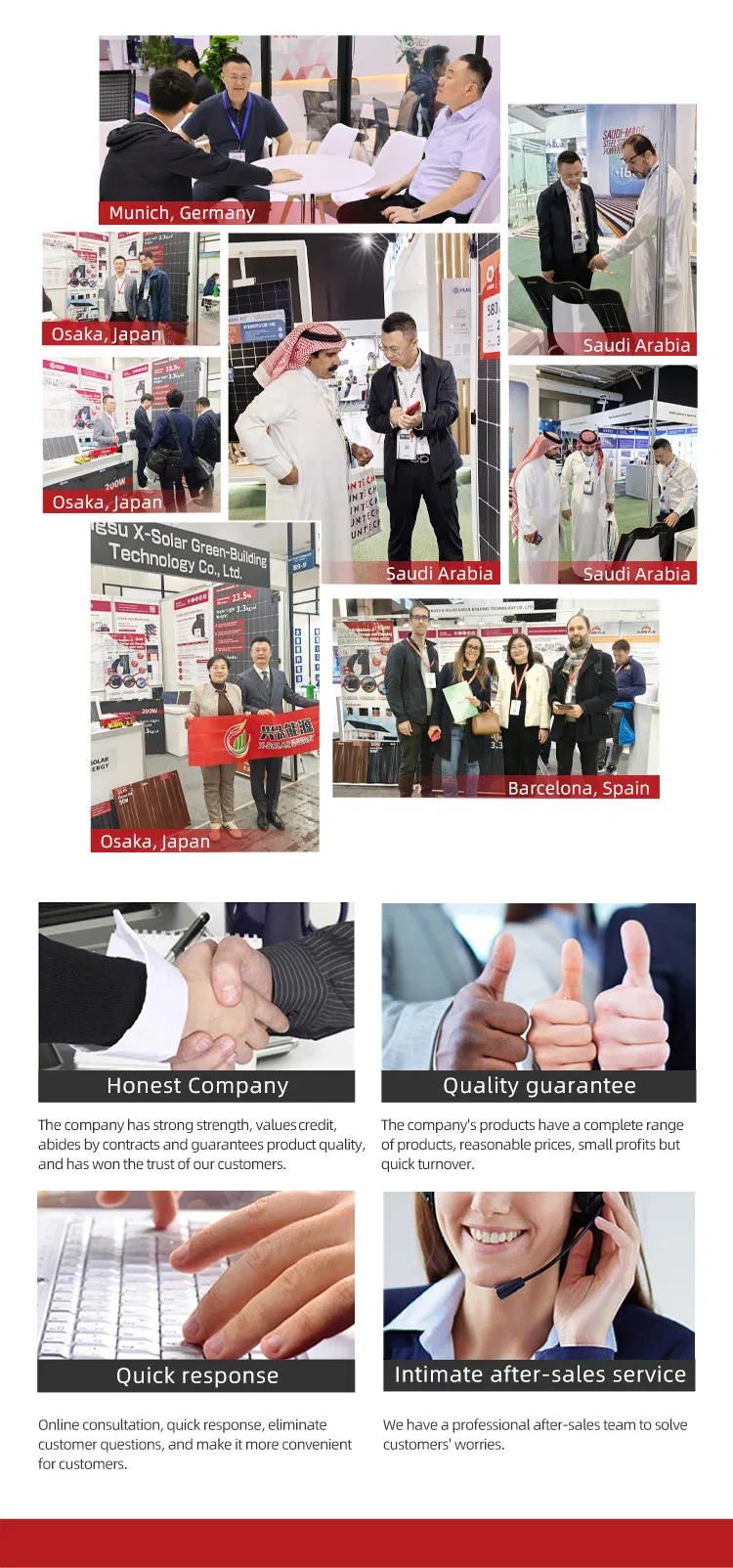
Preview
FAQ
Preview

Preview
In terms of basic principles1. Question: What is the working principle of the solar cell panel layout machine?
Answer: It mainly arranges and places solar cells precisely on the corresponding carrier plates and so on according to the set layout and spacing requirements, through the cooperation of mechanical transmission and control systems, in preparation for subsequent production processes.2. Question: What is used to position the solar cells accurately?
Answer: Usually, it relies on a high-precision visual recognition system to identify the position, shape and other features of the solar cells, and then combines mechanical arms and other components driven by servo motors to achieve accurate positioning and placement.In terms of operation and use1. Question: How to start the solar cell panel layout machine?
Answer: First, turn on the power supply and the main control switch, and then start each relevant subsystem in turn according to the prompts on the operation panel. After each part passes the self-inspection, it can be ready for use.2. Question: What are the environmental requirements for operating the layout machine?
Answer: Generally, a clean and dry environment is required, and the temperature and humidity should be maintained within a proper range (for example, the temperature is around 20 °C - 25 °C, and the humidity is around 40% - 60%), to avoid dust and other factors affecting the normal operation of the machine and the quality of the solar cells.In terms of troubleshooting1. Question: What's the matter when the placement position of the solar cells is deviated?
Answer: It may be that the visual recognition system fails and fails to accurately identify and position; or the mechanical arm transmission parts are loose or worn, resulting in a decrease in the moving accuracy. It is necessary to check these two aspects respectively and repair them.2. Question: What should I do if the machine suddenly stops running?
Answer: First, check whether there is any fault prompt information on the operation panel. It may be that the circuit is overloaded, the temperature of a certain key component is too high to trigger protection, or the software is stuck. You can check the circuit, the cooling device and restart the relevant software system to solve the problem.In terms of maintenance1. Question: How often does the layout machine need to be maintained?
Answer: Generally, regular maintenance is recommended. For example, basic cleaning and component tightening and other maintenance work should be carried out every certain running time (such as 1000 hours) or every certain period (such as one month). A comprehensive and in-depth maintenance should be carried out every six months or one year.2. Question: What parts should be focused on during maintenance?
Answer: Pay attention to the lubrication and wear conditions of mechanical transmission parts, the cleaning and calibration of the lens of the visual system, and whether the electrical circuit connections are stable, etc., to ensure that each part is in good condition.
Answer: It mainly arranges and places solar cells precisely on the corresponding carrier plates and so on according to the set layout and spacing requirements, through the cooperation of mechanical transmission and control systems, in preparation for subsequent production processes.2. Question: What is used to position the solar cells accurately?
Answer: Usually, it relies on a high-precision visual recognition system to identify the position, shape and other features of the solar cells, and then combines mechanical arms and other components driven by servo motors to achieve accurate positioning and placement.In terms of operation and use1. Question: How to start the solar cell panel layout machine?
Answer: First, turn on the power supply and the main control switch, and then start each relevant subsystem in turn according to the prompts on the operation panel. After each part passes the self-inspection, it can be ready for use.2. Question: What are the environmental requirements for operating the layout machine?
Answer: Generally, a clean and dry environment is required, and the temperature and humidity should be maintained within a proper range (for example, the temperature is around 20 °C - 25 °C, and the humidity is around 40% - 60%), to avoid dust and other factors affecting the normal operation of the machine and the quality of the solar cells.In terms of troubleshooting1. Question: What's the matter when the placement position of the solar cells is deviated?
Answer: It may be that the visual recognition system fails and fails to accurately identify and position; or the mechanical arm transmission parts are loose or worn, resulting in a decrease in the moving accuracy. It is necessary to check these two aspects respectively and repair them.2. Question: What should I do if the machine suddenly stops running?
Answer: First, check whether there is any fault prompt information on the operation panel. It may be that the circuit is overloaded, the temperature of a certain key component is too high to trigger protection, or the software is stuck. You can check the circuit, the cooling device and restart the relevant software system to solve the problem.In terms of maintenance1. Question: How often does the layout machine need to be maintained?
Answer: Generally, regular maintenance is recommended. For example, basic cleaning and component tightening and other maintenance work should be carried out every certain running time (such as 1000 hours) or every certain period (such as one month). A comprehensive and in-depth maintenance should be carried out every six months or one year.2. Question: What parts should be focused on during maintenance?
Answer: Pay attention to the lubrication and wear conditions of mechanical transmission parts, the cleaning and calibration of the lens of the visual system, and whether the electrical circuit connections are stable, etc., to ensure that each part is in good condition.
Preview
Certifications
Name:专利溶解测试机

Preview
Solar Module Layout Machine Assembly Line
$2991.74
Chemical industry chain · assembly line and production line · Assembly Line
Model NO.:layout machine
Transport Package:Wooden Box
Origin:China Jiangyin
 Lianyungang
Lianyungang  Authenticated
AuthenticatedLess than 50 EmployeesOther Manufacturing Industries



